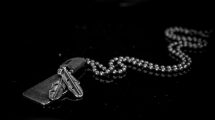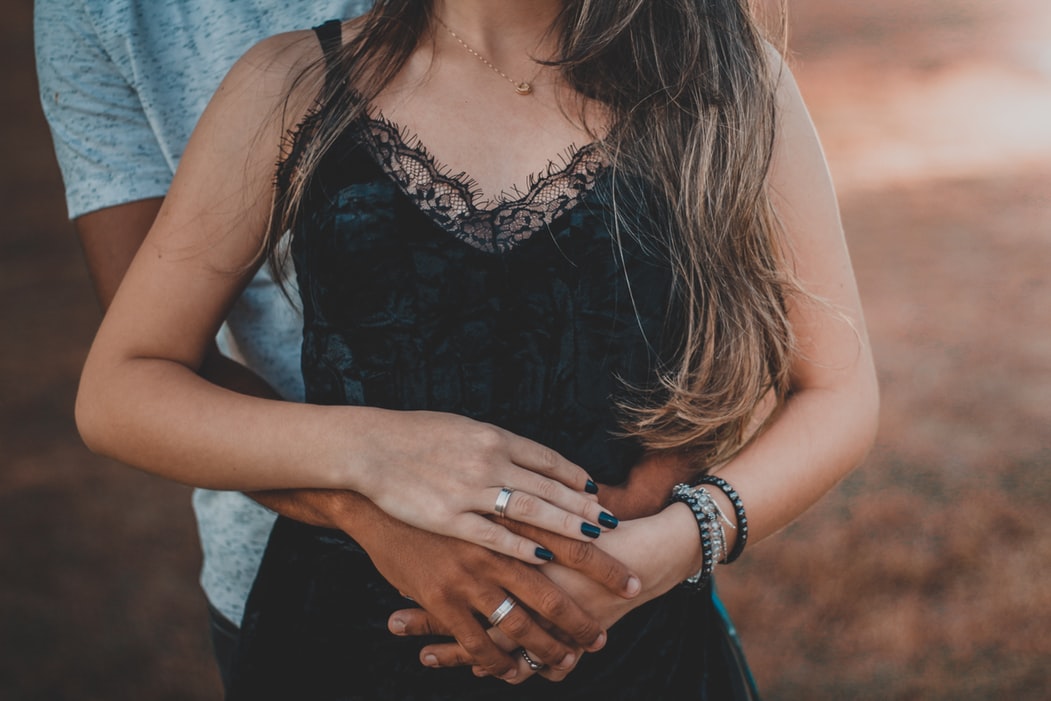As Wedding Know How editors, we write about things that we love and we think you'll like too. We have affiliate partnerships and sponsorship and may generate some revenue from these at no cost to you.
9 karat gold has become popular among some consumers because of the durability and affordability it offers. However, how does it compare to pure gold, and is it worth purchasing?
Before you decide whether to buy 9 karat gold or not, a clear understanding of gold and its unit of measurement is important. In this article, we’ll go over what 9 karat gold is and whether it’s a good choice for jewelry.
What is 9k Gold?

9K gold is a type of gold alloy that consists of 37.5% pure gold and 62.5% other metals. The ‘K’ in 9K stands for karat, which is a unit used to measure the purity of gold. Pure gold is 24 karats, meaning that 9K gold is 37.5% pure.
The other metals in 9K gold can include silver, copper, zinc, and palladium. These metals are mixed with gold to enhance its durability and change its color.
For example, more copper results in a redder color, while adding palladium or silver can make the gold whiter.
9K gold is commonly used in jewelry, especially in regions like the UK and Australia. It’s more durable and affordable than higher-karat gold, making it a popular choice for pieces like wedding bands and engagement rings that are worn daily.
However, because it contains less pure gold, 9K gold is less valuable and may not have the same deep yellow color as higher-karat gold.
The Process of Making 9k Gold
The process of making 9K gold involves mixing pure gold with other metals to create an alloy. Here’s a simple step-by-step explanation:
- Selection of Pure Gold and Other Metals: The first step is to decide which metals will be used in the alloy. In the case of 9K gold, 37.5% of the alloy is pure gold, and the remaining 62.5% is made up of one or more other metals, such as copper, silver, zinc, or palladium.
- Melting: The pure gold is melted in a crucible, which is a container that can withstand very high temperatures. Once the gold is liquid, the other metals are added to the crucible and melted as well.
- Mixing: The metals are stirred together until they are fully mixed. This process ensures that the resulting alloy has a uniform composition.
- Cooling: Once the metals are combined, the mixture is allowed to cool. As it cools, it solidifies into a single piece of 9K gold.
- Crafting: After the gold alloy has cooled and hardened, it can be crafted into jewelry. This might involve processes such as casting, hammering, soldering, and polishing.
The exact process can vary depending on the specific requirements of the piece being created and the techniques of the jeweler or goldsmith.
Some sophisticated processes might also include adding trace amounts of specific elements to achieve desired color or durability characteristics.
Is 9k Yellow Gold Real?

9k yellow gold is real gold, but it’s not pure gold. When we say something is “real” gold, it means that it contains a certain percentage of gold content.
Pure gold is 24 karats. This means that 24 out of 24 parts of the metal are gold. But pure gold is too soft for everyday wear, so it’s alloyed (mixed) with other metals to make it stronger and more durable.
In the case of 9k gold, it means that 9 parts out of 24 are pure gold, or about 37.5% gold. The rest (62.5%) is made up of other metals, such as silver, copper, zinc, or palladium, which can give the gold a more yellow, rose or white color and add strength.
So, while 9k gold may not be pure gold, it is real gold. It’s less expensive and more durable than higher-karat gold, making it a popular choice for jewelry.
Karat or Carat: Which is Which?
In the US, karat (K) is a unit of measurement for the purity of gold while carat (ct) is a mass unit for gemstones. In other countries like Australia and the UK, carat is a measure of purity.
In this article, we use karat as a measure of purity where 1 karat is equal to 1/24th part of the gold content. It means that 9K gold has 9 parts gold and 15 parts other metals. 22k gold has 22 parts gold and 2 parts other metals.
It’s important to note that 10k gold is the minimum karat designation that’s still categorized as gold in the United States. As 9K is lower, it’s not considered to be gold in the US.
How Does 9K Gold Compare?
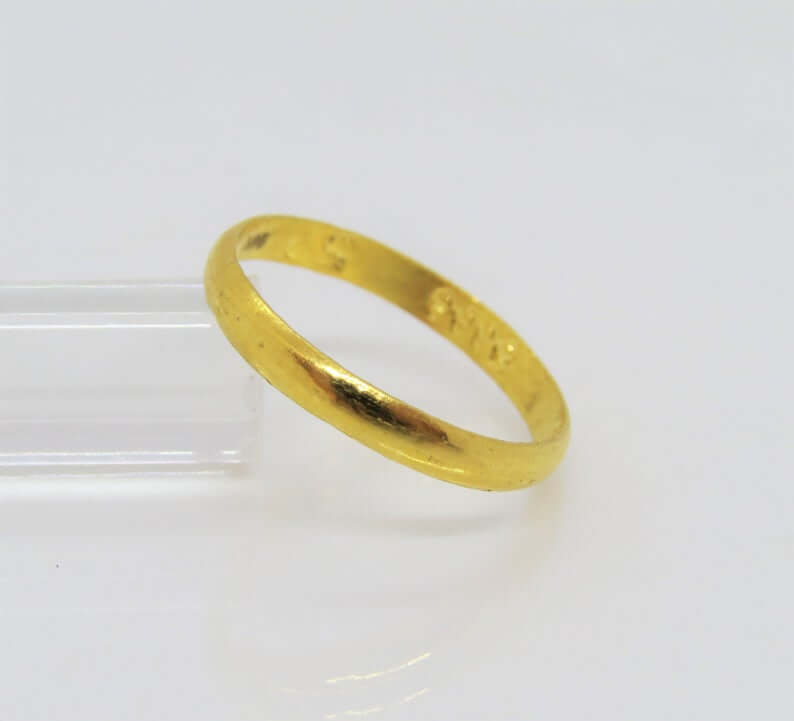

9K gold stacking ring by Spark Muffin London. See it here.
Pure gold refers to 100% gold with no other metals mixed with it. In its pure state, gold is soft, very expensive, and not practical for use in jewelry making. It needs to be combined with other metals to make it strong enough to mold into different shapes or pieces.
The amount of alloy you add to gold results in the different sizes of gold karats. Here’s the breakdown of the karats:
| Percentage of gold | Equivalence in karats |
| 100% | 24 |
| 91.67% | 22 |
| 75% | 18 |
| 58.3% | 14 |
| 50% | 12 |
| 41.7% | 10 |
| 37.5% | 9 |
9K gold is the lowest of all gold karats as illustrated in the table above and this means that it contains only 37.5% pure gold while the remaining percentage comprises different metals like silver, platinum, manganese, zinc, copper, and tin.
Types of 9K Gold

The metals added to 9K gold give rise to distinct types, most notably white, rose and yellow golds.
- 9K White Gold – This has 62.5% silver and 37.5% gold. Apart from silver, the addition of nickel, palladium, or manganese to the 37.5% gold is also used in creating white gold. To brighten 9K white gold, it is plated with rhodium to give it a silvery-white look.
- 9K Rose Gold – This typically has 42.5% copper, with 20% silver and 37.5% gold. The high quantity of copper gives it a reddish hue or warm pinkish-red color. Copper is inexpensive which means rose gold is sometimes more affordable compared to the other two 9K gold types.
- 9K Yellow Gold – This is made with 37.5% gold and a mix of various metals in different quantities to get the yellow color. The most common yellow gold alloy has more silver (about 54.5%) and less copper (about 6%). Yellow 9K gold is a little paler in color, compared to higher karat alloys like 14K or 18K.
Why Buy 9K Gold?

9 karat gold is a good consideration if you are on a budget and aren’t interested in its re-sale value. The small gold quantity in 9K means that it is relatively cheaper.
It’s also good if you want jewelry for select occasions and aren’t too bothered that it doesn’t look as yellow as higher karat gold.
Because 9K gold can withstand wear and tear associated with common activities, it is great for daily wear.
How to Care for 9K Gold
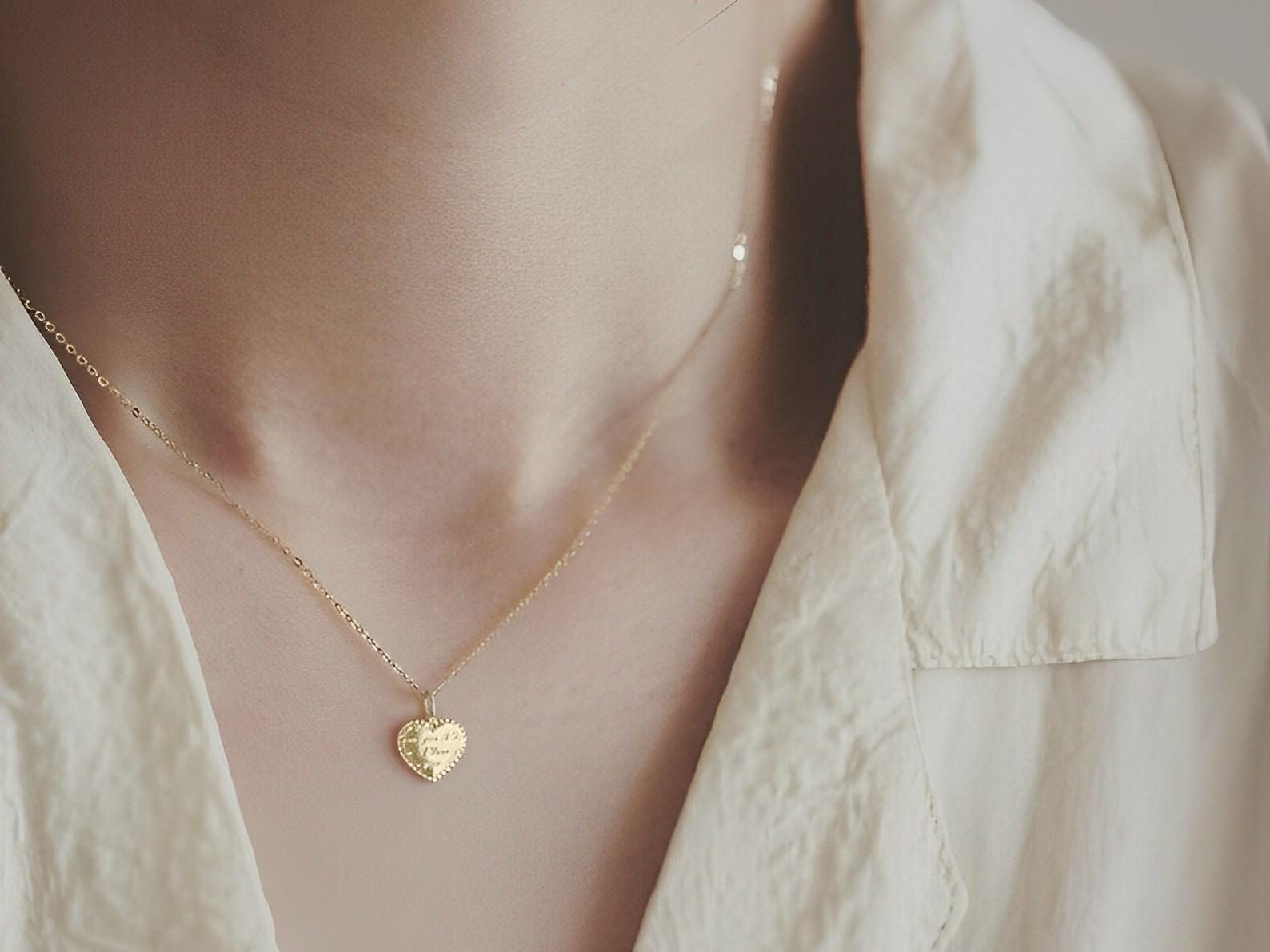
To care for your 9 karat white, rose or yellow gold, it’s best to clean it with soap and water, using a soft cloth or brush. Other regular ways of caring for your 9K gold so it lasts a long time include the following:
- Do not expose it to chemicals and perfume, as it may cause reactions and eventual damage.
- Remember to plate your 9K white gold every 3-5 years to maintain its glow.
- Take off your 9K jewelry when doing manual activities like gardening, house chores, sports, or heavy work. The abrasives, acids, and dirt will dull its appearance.
- Remove your 9K gold when swimming in pools as the chlorine can damage the metal. Also, it’s best practice to remove rings when swimming anyway, because your fingers can shrink, and rings can fall off.
Pros of 9K Gold

When choosing 9K gold, here are some benefits to consider:
- 9K gold is stronger than higher karat gold. The other metals in 9K gold harden it, making it a more durable choice.
- Higher durability means 9K gold doesn’t easily wear and tear. This makes it last for longer. The durability and hardness make it ideal for wedding bands and engagement rings, which are pieces of jewelry that are highly exposed due to daily wear.
- The lower percentage of gold makes 9K gold affordable compared to gold with higher karatage. This way, you get the look of gold for a much lower price.
Cons of 9K Gold
9K gold has the following weak points, some of which you can overcome with proper care and attention.
- If you have metal allergies, 9K gold may not be the best option. It’s not always hypoallergenic, due to the inclusion of metals like nickel and zinc. However, white 9K gold can be considered hypoallergenic due to its rhodium plating.
- 9K white gold needs re-coating with rhodium every few years for it to have that glowing shine.
- 9K yellow gold doesn’t have the bright warmth of gold with higher karatage. It has a paler, more whitish-yellow look.
- Because 9K gold has such a small amount of pure gold, it’s sometimes not even considered as ‘gold’ by some consumers. It’s also less prestigious and not a great investment option.
9 Karat Gold vs. the Other Gold Types
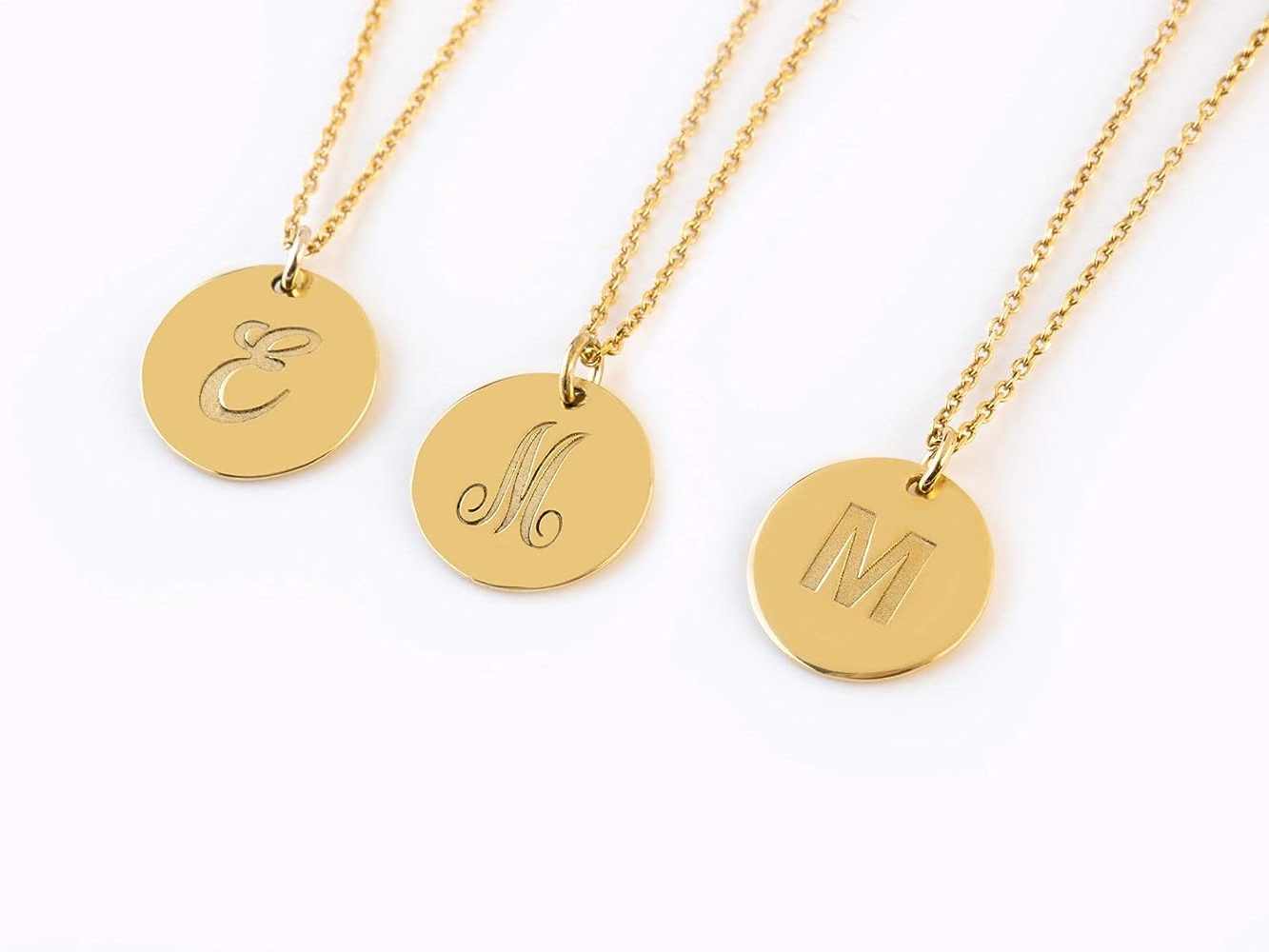
The content, price, quality, and value of 9 karat gold differentiates it from the other gold alloys as outlined below.
- 9 karat gold is less expensive than alloys with higher karatage given the small percentage of gold in it.
- 9 karat does not damage or scratch in the way the others do because of its hardness.
- 9K gold isn’t hypoallergenic like 14K or 18K gold. The higher the karatage, the more hypoallergenic and safer the gold.
- 9K gold doesn’t have the same bright yellow look of higher karat gold alloys.
Can You Wear 9K Gold Every Day?
Yes, you can because it’s hard, strong, and durable. You can also wear 9K gold in the shower; the only drawback is that it will lose some of its shine. With proper cleaning and handling, expect 9K gold to last a lifetime while looking as good as new.
Wrapping Up
9 karat gold is indeed valuable especially if your interest is in price and durability. However, it will not have the bright color you’d expect of gold, nor does it have the same prestige. The ultimate decision of whether to buy 9K gold rests with your preference.




